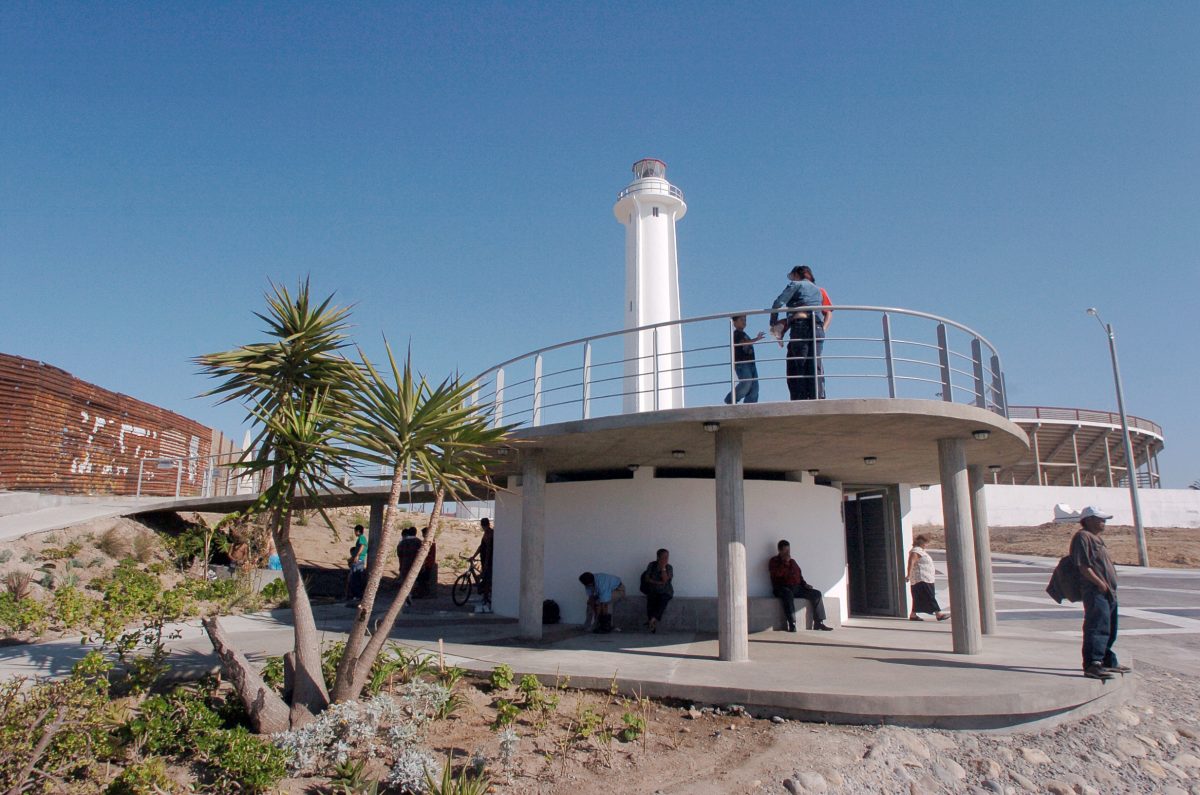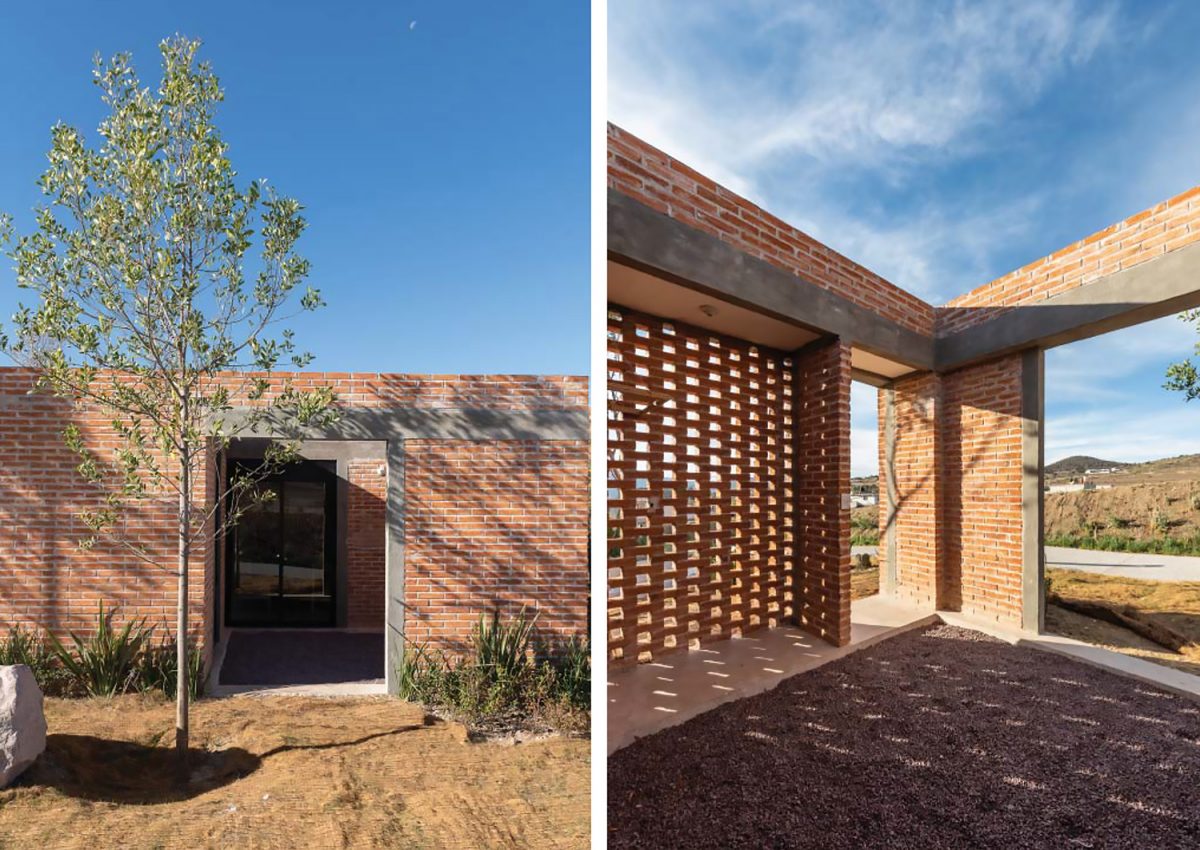Woodbury Leads with Social Impact at 2020 ACSA Workshop on US-Mexico Border
Faculty and admins from Woodbury School of Architecture presented pedagogies and projects for social impact at the 2020 ACSA Border Consortium Workshop. The virtual event was jointly hosted by the Asociación de Instituciones de Enseñanza de la Arquitectura (ASINEA) & the Association of Collegiate Schools of Architecture (ACSA). Professor Marcel Sanchez-Prieto, Chair Jose Parral, and Dean Ingalill Wahlroos-Ritter presented how Woodbury is bring social impact projects to life.
As ACSA explains, the US/Mexico border is home to unique spatial practices and resources, locally grounded but geographically distributed along its 1,954-mile length. This workshop provided an opportunity to condense this distributed content by convening a diversity of spatial practitioners, researchers, and educators in order to outline challenges and opportunities specific to the border context, to forge new partnerships, and develop shared knowledge and resources.

Focusing on Border Pedagogies, Dean Wahlroos-Ritter led a working group to identify experimental regional pedagogies and possible institutional partnerships. She was joined by Pablo Hernández Quiñones, Tecnológico de Monterrey, Jim Williamson, Texas Tech University, and Dora Epstein Jones, Texas TechUniversity. As she notes, “Located in an environment adjacent to a contested international border, and within an ecology that amplifies the negative effects of climate change, San Diego’s campus acts as an architecture laboratory for some of the most complex issues of our time. The fluidity between the work spaces of the faculty, whose professional work directly influences the student work, and the student studio learning spaces, has created a superb architecture program. In this environment, the work of Jose, Marcel and their students exert a rich influence with powerful results, not hampered by controversies, but enlightened by possibilities.”
Jose Parral explained how the context of the campus location is its own learning experience at all years of the BArch curriculum. The faculty focuses the exercises and projects in Barrio Logan within the first 2 years of the 5-year program. In the following years, studios focus their projects along the border as faculty living and practicing on both sides of the border construct more complex issues having a more direct relationship to the practice of the region. Jose highlighted the design build workshop in Tijuana with Esperanza International.

Marcel Sanchez-Prieto explored Mass Dwelling as an approach to the increasing challenges of housing, one that resonates on both sides of the border. Establishing Partnerships with key players in the development and decision-makers, he worked in collaboration with INFONAVIT and GEO in Valle de las PALMAS, reevaluating the Satellite city at the outskirts of Tijuana. Working in different studio iterations with Tecnologico de Tijuana, UABC Tijuana & Mexicali, and ITESO Guadalajara, they created a compendium of the housing challenges at the periphery. In turn, the research directly informed the criteria and conceptual strategies developed for a proposal for Apan, the housing laboratory for INFONAVIT.
As Ingalill, Jose and Marcel stated, the location of Woodbury University’s San Diego campus forces the School to research and address issues not just about the physical border, but also the political, social and environmental effects of living and learning in this context. The School sees this as a rich resource for research, as well as an opportunity to enact real change in the region. For students, this learning environment is transformative, and its outcomes are applicable to other regions with their own varied degree of contested territories. As a result, three charters emerge:
- Borders provide architecture students with a testing-ground for applying architectural solutions to address complex global issues.
- Comparing conditions on two sides of a border allows the School to reevaluate typologies and inform everyday conditions.
- A study of transnational border conditions heightens the need for bilingual and binational understandings of the complexities of identities and philosophies of different cultures.